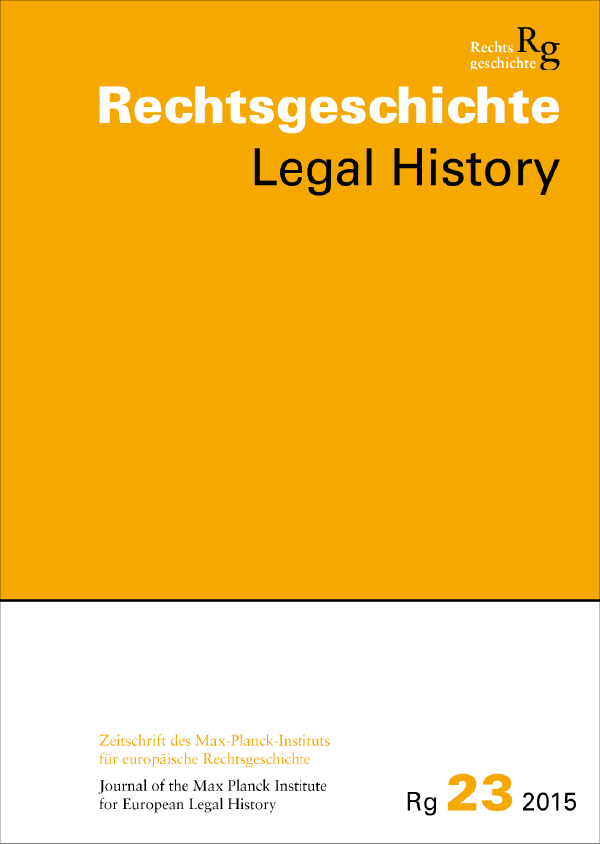Ravenna from imperial residence to episcopal city: processes of centrality across empires
DOI:
https://doi.org/10.12946/rg23/054-067Abstract
From Late Antiquity to the early Middle Ages, two basic factor shaped Ravenna’s ability to influence a much more extensive space than its natural hinterland. The first was its establishment as an imperial residence the second was its location within the northern Adriatic basin, which had since Antiquity been a crossroads for peoples, trade and cultures. Just on the basis of the support it received from the imperial power, its episcopate was elevated to one of the most important sees of Italy. By means of the large international harbour of Classe, from the 5th to the 7th centuries the city imported products from around the entire Mediterranean. With the arrival of the Byzantine government, the ties between the port of Classe and the other Mediterranean export centres shifted by moving from West to East. Moreover, the relationship with Constantinople reaffirmed the political and ecclesiastical importance of Ravenna. As long as these ties remained strong, Ravenna retained a vital contact to the other maritime Mediterranean trade centres. The twilight of Byzantine rule did not cause the decline of the city, but rather a progressive turn of its ruling class toward the political scenario of the medieval West. By virtue of being the management centre of the patrimonium beati Apollinaris, the city remained wealthy and influential well beyond the 9th century. This was due both to the economic power of its archbishops and to their alliance with the Ottonians and then later with the Salian and Swabian emperors. The trajectories of the political centrality of Ravenna from Late Antiquity to the Middle Ages were, therefore, deeply influenced by the dynamic of successive empires, which, in one form or another, were all connected or attempted to reconnect to the memory of its Roman past.
Downloads
Veröffentlicht
Zitationsvorschlag
Ausgabe
Rubrik
Lizenz
Copyright (c) 2015 Autor/in

Dieses Werk steht unter einer Creative Commons Namensnennung - Nicht-kommerziell - Keine Bearbeitung 3.0 International -Lizenz.





